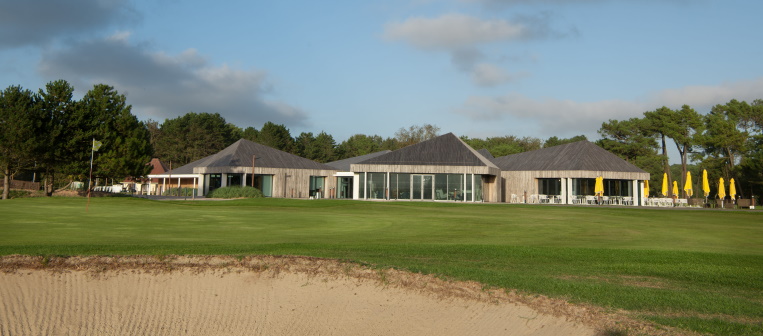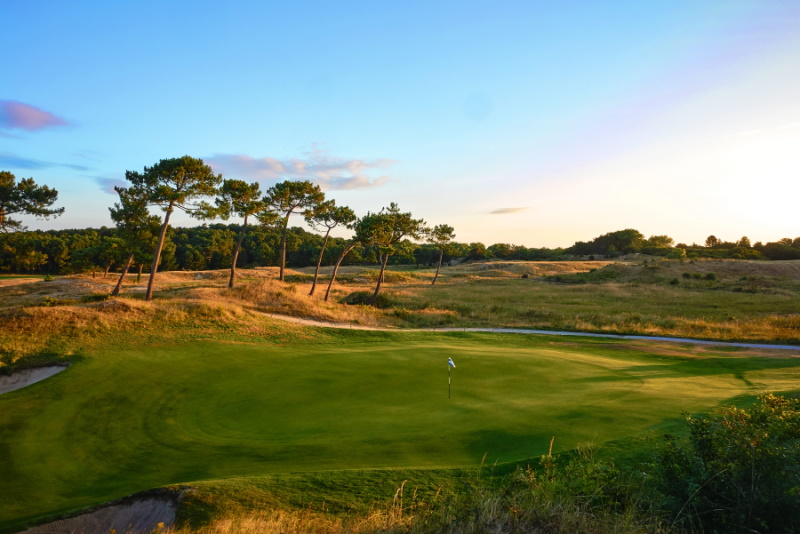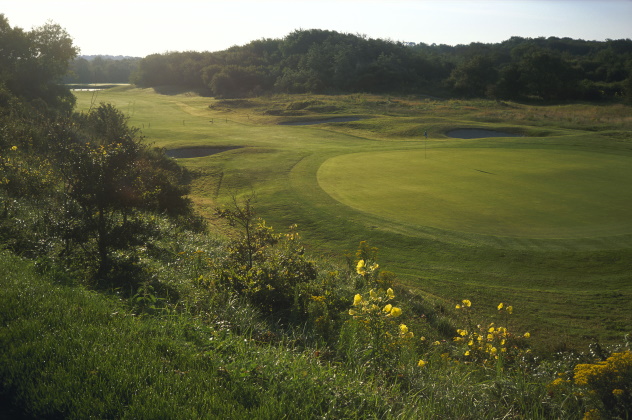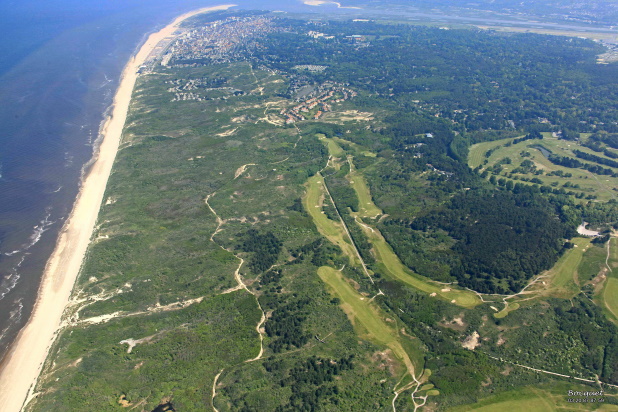A clubhouse that blends in beautifully with its surroundings
Thanks to the architect Pierre-Louis Carlier, we now have a building that blends in beautifully with its natural surroundings. The interior is equally impressive, with valuable advice provided by the interior designer Stéphanie Cayet. The result is a light, bright space with a friendly atmosphere. The layout and high-quality furniture give it a cosy feel.

Sustainably managed golf courses
Golf du Touquet has been focused on environmental concerns for quite some time! Our specially designed maintenance programme pays close attention to its impact on the environment. Our greenkeeper Pierre Moitry and his team work closely with our consulting master greenkeeper Gordon Irvine. We are greatly reducing our use of inputs and fertilisers. The ones we do use are all organic and the number of nitrogen units has been reduced as much as possible. We are also applying phytosanitary products (fungicide and herbicide) four to five times less frequently than at the beginning of the 2000s.


The greens at La Mer have been completely redone in the last few years using water-saving grass (fescue and bentgrass) that require less fertiliser and are less prone to disease. And the greens at La Forêt and Le Manoir are regularly overseeded (fescue and bentgrass). The aim is to encourage flora turnover and reduce the amount of annual bluegrass, which is both disease-prone and nitrogen- and water-intensive. At the same time, we are investing heavily in irrigation, which will increase further in the coming years. Our main objective is to reduce our water consumption by more than 30% compared to the 2000s.
The French Golf Federation is very involved in this environmental transition and we encourage you to visit their website.

